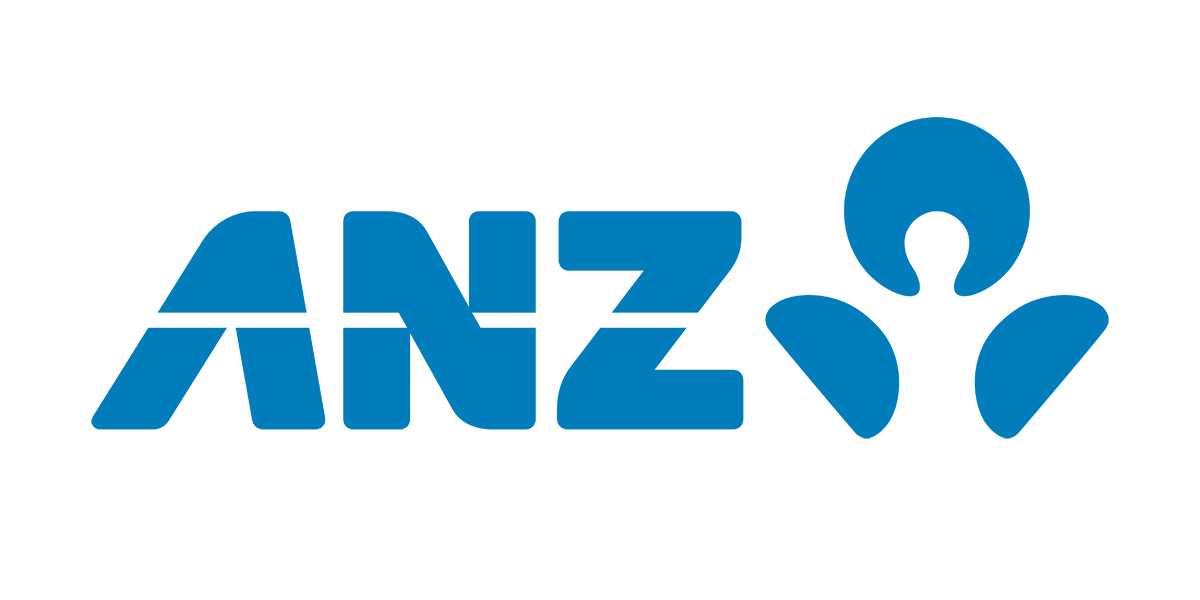Current Class Action Refunds
Get Out While You Still Can
Did you know that you could be a part of a class action, and not even know it?
You may be entitled to receive a refund, and if you are to submit a claim as an individual, the refunds Get My Refund have assisted have been in excess of 70%!
If there is a class action case in the works where you are identified as a potential Group Member, you are automatically opted in to the class action lawsuit without requiring your consent.
Law firms would love to convince you to join a class action instead of pursuing personal claims. They will attempt to drive you right into their arms by telling you of the “high risk” and “high cost” of pursuing a claim on your own. Using the “strength in numbers” tactic, they will have you believe that you will always be stronger as one, and that you will have a better chance of winning your claim as a group, with lower personal risk, under their guidance of course. It is necessary to research how class actions work, and the lengthy and complex process they would drag you through, along with the rest of the group who were unfortunately duped by their poorly rehearsed Robin Hood routine.
Here's what they don't tell you:
- Class actions are commenced, regardless of whether all group members are aware or not
- Class actions are run on an “opt-out” basis
- They can take years to settle
- They usually settle on much lower amounts than the total of the group members purchased individual premiums
- Their legal fees will reduce the (negotiated lower) settlement amounts
And if this wasn't enough....
- If you were not aware you were a group member and the case settles, even if you receive no settlement amount, you are still bound by the outcome and cannot complain as an individual and receive nothing.
- From when the opt out is available to sign, deadlines to receive are usually only two months!
- All the terms are different for each class action. Some class actions terms suggest your refund only being paid out if deemed fair by the courts.
- If your bank details are incorrect that they have on file you may not receive the funds, and once the deadline is finished you cannot then request these funds.
Do we go on?
The terms for every class action are all available online. We do not offer legal advice and we suggest you read what the actual group member MAY or MAY NOT receive, or obtain legal advice before making these decisions.
What is a class action?
- A class action (formally known as a representative proceeding) is a legal proceeding where one person (the applicant or plaintiff) initiates a legal claim, suing a single party on behalf of a group of people who have similarly been affected by the same conduct. The lawyer will first need to determine whether the lawsuit can be filed, by evaluating the facts and gathering further information regarding:
- Other people who have been similarly affected
- Previous outcomes of similar claims and lawsuits
- Whether a lawsuit has already been filed with the same allegations
- If they can still within the legal time frame for filing lawsuits
- Whether the potential defendant is shielded from any liability
The plaintiff representing the class action should be carefully selected and group members must all have actions arising from similar circumstances with a common question of law or fact for the court to determine that will apply to all group members. A class action must have at least 7 members, but they are often much bigger than that and some have tens or even hundreds of thousands of group members. The plaintiff usually receives a bigger payout than other group members, even if they have not been negatively affected to the same degree, because they represent the interests of the group.
Class actions are complex legal proceedings and the lawyer representing the plaintiff and group members needs to have experience in handling them, and this will be reflected in the fees they charge. Issues often arise that drive up their fees even further, even if they don’t achieve a good result or they settle the claim for a fraction of the amount they originally said they were claiming.
Then there are the expenses payable to experts for writing reports, barristers, witnesses giving evidence, and that’s before the litigation funder collects their share. But it doesn’t end there – add-ons such as photocopying, printing opt-out notices and postage expenses are almost always tacked on to the bill. The amount you actually receive after all that is often less than what you would expect to receive when the settlement sum or award is expressed as a multi-million dollar figure.
OPT-OUT NOTICES
As soon as the requirements have been satisfied, and details of the dispute and class action are defined and confirmed, the court will order “opt-out notices”. These notices are to be publicly announced, and sent to all group members, and provide the opportunity to opt-out of the class action. If they have your correct details and manage to contact you, many of our clients have had no contact for any of the class actions they were in, meaning they did not get a chance to opt-in or out.
On many occasions, this may even be the first time a group member hears about the class action. Even if you are lucky enough to receive an opt-out notice the information can be confusing if you are new to this but unless you opt out in time you will remain part of the class action and be bound by the outcome.
The next step in the process is Discovery. This involves an investigatory phase where the lawyers working on the case request documents from the party that is being sued, which may be used to prove the allegations against them. They may also conduct depositions of individuals who have knowledge of the circumstances involved in the lawsuit. If the claim is not discontinued or settled prior to the hearing, the hearing will take place at which the plaintiff and any other witnesses may be called upon to give evidence. If the case is still unresolved after the hearing is over, it will be decided by the presiding Judge.
How do I opt-out?
You are able to opt-out of any class action by filling out a Class Action Opt-Out notice, and returning it to the Federal Court of Australia. This will need to be completed before a deadline set by the class notice you originally received when you were notified of the class action you were opted into. You can also contact the law firm or the court handling the proceeding of the case to request a copy of the opt-out form if you no longer have the original.
By opting out of the class action, you are removing yourself from the outcome of the lawsuit entirely, and will then be free to pursue your own personal claim.
Can you help me? This is all too difficult!
We understand this can be not only time consuming, but also confusing and hard work. We are here to help!
We work in the best interest of our clients. We have seen over 70% more $ for our consumers in total amounts paid IF we can opt you out within the time periods they allow.
The courts have allowed us to opt out on some cases many months after opt out deadlines due to extensions.
Why is this? The maximum refund is Premiums paid, plus interest paid, less any rebates you may have received. Class actions often settle for much less than the value of the claim, and only after lawyers have run up significant fees so the amount paid to you is less than what be refunded if you opt-out and pursue your claim separately as an individual or with us, even after our 30% fee.
We can manage the entire process for you, whether you are in legal proceedings or not, to work towards winning the maximum refund for you.
Currently active class actions

Allianz Class Action
Allianz Insurance Refund A class action was recently started against Allianz claiming that the insurance company sold worthless policies. A large number of motorists fell victim to Allianz’s blatant attempt at boosting profits. Some of the products sold include GAP insurance, customer credit insurance, rim and tyre insurance, and extended

ANZ Class Action
ANZ CCI Insurance Refund In February 2020, a class action was filed against QBE insurance, OnePath General Insurance, OnePath Life, and Australia and New Zealand Banking Group (ANZ) alleging that the companies sold worthless add-on insurance through ANZ credit cards or personal loans. The suit maintains that members of the

Commonwealth Bank Class Action
CBA CCI Refund Three years ago, the Commonwealth Bank of Australia (CBA) ended the sales of Personal Loan Protection products and Credit Card Plus. The termination took place after a good number of customers voiced their concerns that the bank had sold them products that they weren’t qualified to make

Westpac Class Action
Westpac Bank Insurance Refund A class action was filed against Westpac, Westpac General, and Westpac Life in February 2020 representing a group of victims who added consumer credit insurance (CCI) to their Westpac personal loans, credit cards, or flexi loans. The products named in the suit are as follows: Westpac

